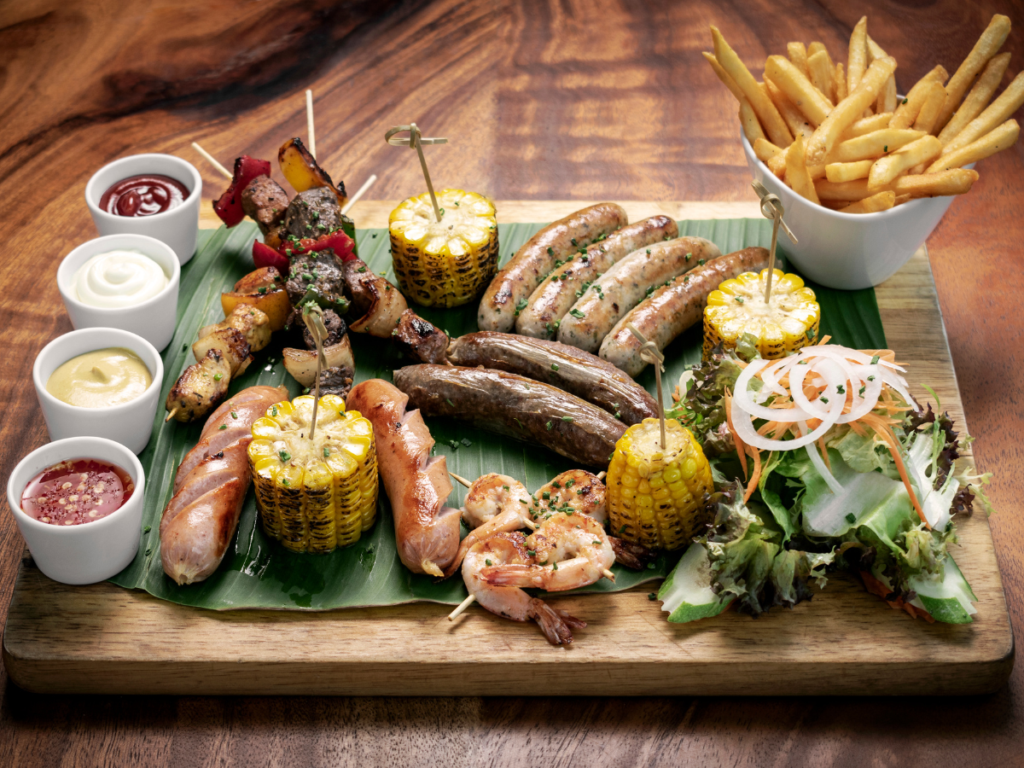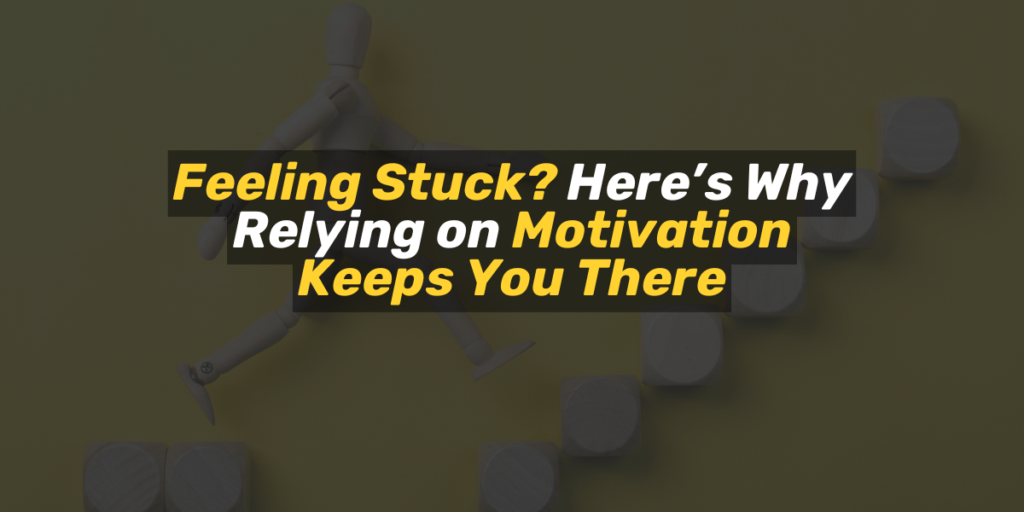Intermittent Fasting (I.F.) isn’t a one-size-fits-all magic trick—it’s just one of many ways to structure your nutrition. But here’s the thing: I’ve found it’s perfect for busy people like you.
It’s a simple, flexible framework that you can play with to fit the beautiful chaos of your mornings without losing your mind, getting obsessed with food or skipping out on healthy meals.
There are two main types of I.F. protocols:
- 16/8 Protocol: Fast for 16 hours (including sleep), then eat during an 8-hour window.
- 24-Hour Fast: A full day without eating. I use this when I’ve overindulged—like burying my face in a Franks Burger and Chips on a Saturday night—to give my gut and digestive system a breather and and cut calories the next day.
The biggest appeal of I.F.?
It fits right into a busy lifestyle, especially in the mornings when life is pure chaos, rushing about all over the place.
Over the next few minutes, we’re diving into the 16/8 fasting protocol.
It’s the one I use and recommend to clients once we’ve nailed down the basics of solid nutrition habits.
A Quick Heads-Up on I.F.:
The Science is still catching up with what many have experienced anecdotally with intermittent fasting.
But if you like to know the latest science so you can keep up, like i do, so you know all of this isn’t just made up bollocks, check the study below.
Effects of Intermittent Fasting on Health, Aging, and Disease
If you’re just starting your fat loss journey or you’re new to structured nutrition programs, and want to chat directly? Reach out mate at rick@fitdadacademy.com, and we’ll figure out the best starting point for you.
Use the form link at the end of the blog to reach out.
What Is Intermittent Fasting?
Simple: You extend the period without eating in the morning, followed by an eating window during the day.
Nothing fancy there.
When I first tried I.F. it fit seamlessly into my life. I was up at 5 AM, training clients from 6am–9:30 AM most days.
After that, I’d have to jump into my own workout because if it got past 12pm, forget it—I was deep into studying or writing and I just didn’t have the energy.
Before I.F. my first meal was all over the place: 12 PM on some days, 9AM on other days, and around 6:30-7am on weekends.
Then I stumbled upon I.F. while studying Nutrition and Exercise Science and thought, “Why not give it a go?”
It’s been a constant in my nutrition and lifestyle toolbox ever since.
I thrive on structure. Without it, I’m a lost puppy.
I.F. provides that structure and keeps me consistent with my meal times throughout the week.
Now, my schedule looks like this:
- Meal 1: 12–1 PM
- Afternoon Snack: 3-4pm
- Meal 2: 6–7 PM
- Evening Snack: 8PM
- Protein & Berry Shake: 8-9 PM
That protein shake before bed helps me sleep and keeps morning hunger well away.
By having my last food between 8-9PM, I fast for 16 hours, more or less.
Having an eating window between 12PM and 1 PM and 8-9 PM keeps me within that 8ish-hour eating window.
During the fasting window, from waking up to my first meal, I stick to black coffee, herbal teas and filtered water with a bit of squash in it.
The odd Monster Ultra is in there on the days my lad decides he fancies torturing me by getting up a 4am.
What About Breakfast?
Your first meal is important—no question on that mate.
Ever wonder why it’s called breakfast?
Split it: break-fast.
Your break-fast, It’s when you break the fasting period – when you’ve been asleep – since your last meal the night before.
The hardest thing to change is habit.
And what habit have we all had drilled into us since we were kids?
That you’ve got to eat your breakfast as soon as you wake up.
We’ve been told this by the companies that target parents, telling them to feed kids the UPF, sugar filled, preservative ridden, flavour enhanced, E-number sodden bollocks that is breakfast cereal.
And, they tell you that we must eat it first thing in the morning.
Is it a coincidence that breakfast cereal is quick and convenient too?
The perfect solution for when you’re double busy?
I’ll leave that with you to decide.
The biggest challenge I have with clients is the frustration of erratic meal timing, because we’ve been told our traditional breakfast time is first thing in the morning but life hits hard in the morning mate—work, kids, endless other demands.
Sometimes you skip breakfast; others you grab a sugary something or other on the go and eat it in the car.
The second challenge is coaching clients to adjust what they eat for break-fast.
The truth mate, the meal called break-fast is just your first meal after waking up, and it doesn’t have to be, actually It should NEVER be the traditional “breakfast cereals, croissants, pan au chocolate, or a can of red bull and a roll up”
The theme here, is that because your busy in the morning and you’ve been indoctrinated into thinking you must eat breakfast first thing, some days you do eat first thing, some days not and most of the time when you do eat, it’s UPF, full of sugar.
The result is that your eating becomes haphazard, and that only gets you so far.
Instead of unstructured eating—which can lead to weight gain and subpar health—why not try a structured fast that promotes fat loss and optimal health?
Remember, in the 16/8 I.F. protocol, it’s not about eating as soon as you wake up.
It’s about taking the stress out of the morning routine and providing a flexible structure to your healthy eating patterns.
Let’s Wrap Up Part 1
There’s more ways than one to skin a cat, I.\F. is no better than regular cal restriction when eating to drop fat.
What I.F. is to me is this: My mornings are chaos, I’ve got 90 mins max to get up, get to the gym, and back, so i can get my lad to nursery for 7:45AM. I DO NOT have the time to cook, or sit down for a healthy meal.
I.F gives me a framework to work with, a structure to my eating habits that free’s up my morning and fits with my routine.
I.F. might seem odd at first because it’s different from what you’ve always done.
But if mornings are a whirlwind for you, it’s worth considering.
The 16/8 Protocol Simplified:
- Fast for 16 hours after your last meal.
- Example: Last meal at 9:30 PM → First meal at 11 -1 PM the next day.
- Eat all your meals within the next 8ish hours.
- Example: Eating window from 12 PM to 9:30 PM.
If you want a framework for your eating habits that doesn’t take over your life, helps you improve health and well-being, sheds some weight, and builds muscle, give I.F. a serious look.
In Part 2 we’ll look at the health benefits of Intermittent Fasting and what you should eat instead of cereals and pastries.
See you there mate.
Yours in Health
Rick
To get in touch and grab your FREE nutrition strategy call click the link below mate. It’s 30 minutes of 15 years work of experience, you’ll be doing yourself a disservice by letting this chance go past.
Grab you strategy call here.






